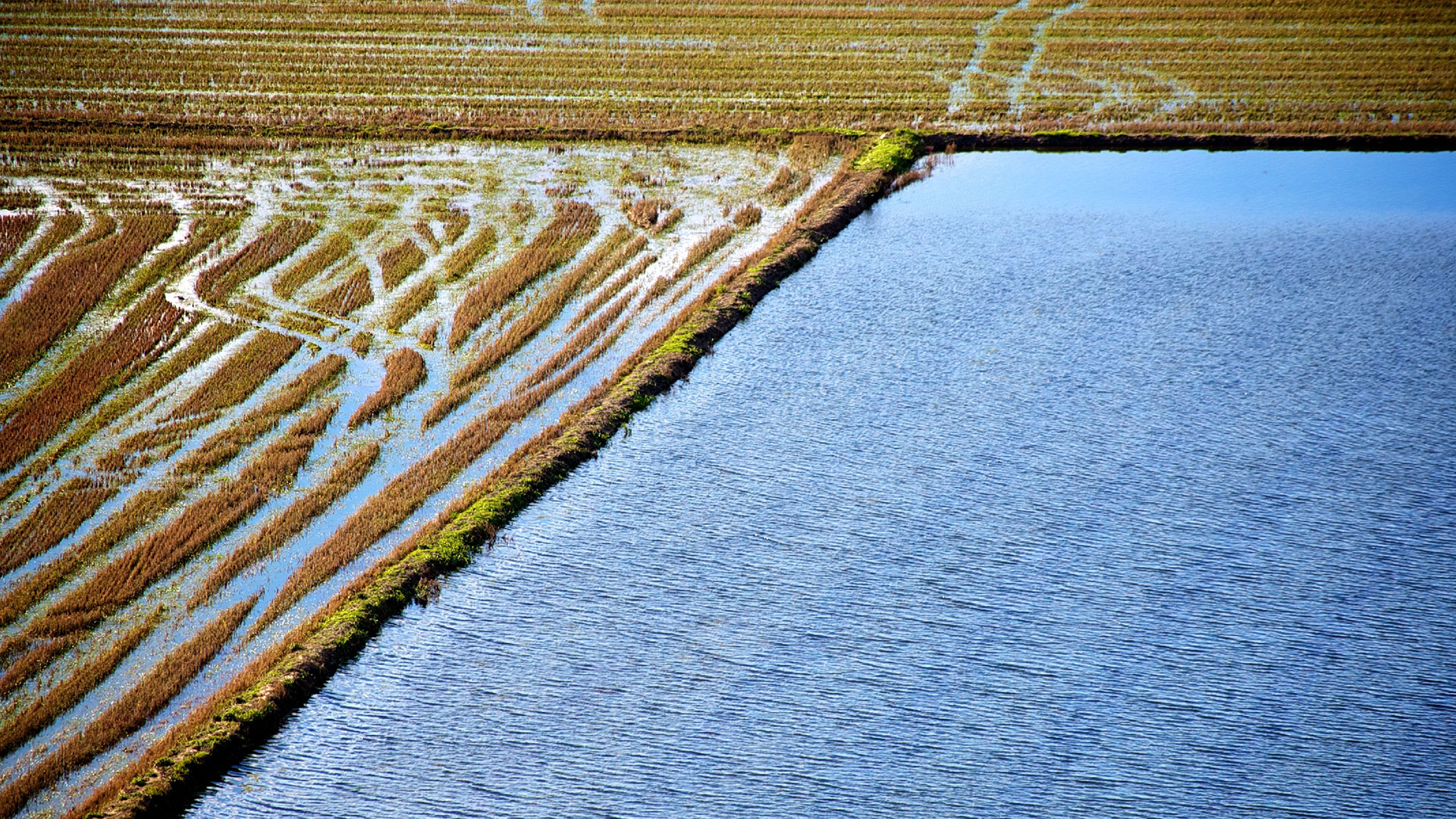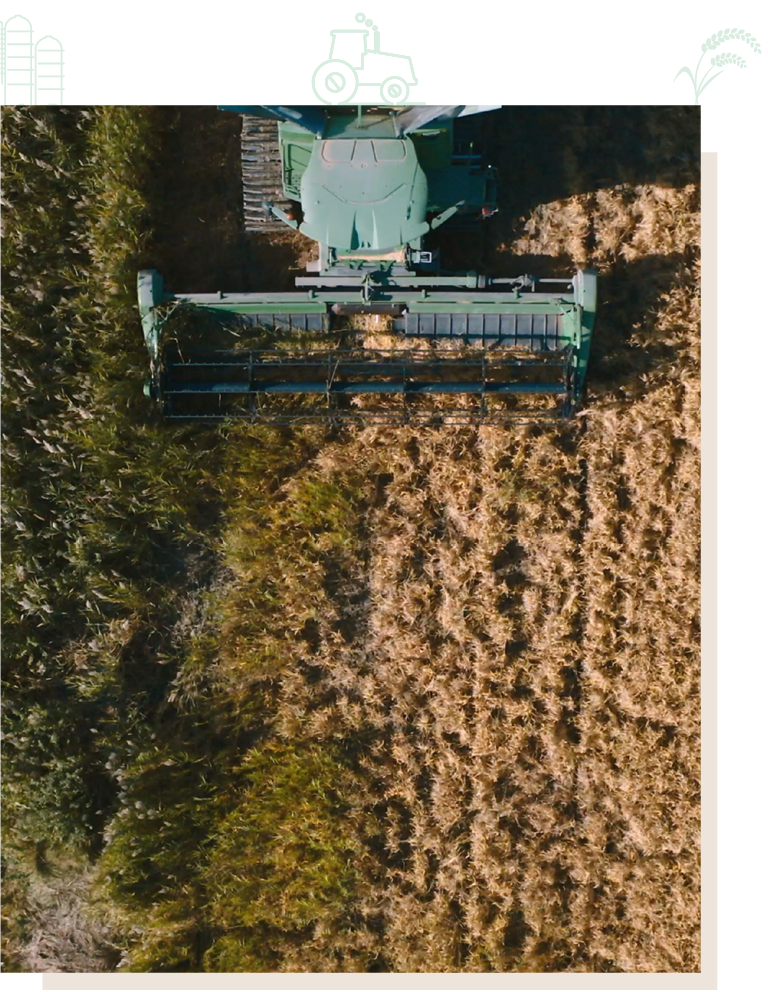
Varieties in Portugal
Portuguese rice production is mainly based on varieties of Italian and Spanish origin, such as Ariete, Guadiagran, Teti, Opale, Lusitano, Presto and Ronaldo. However, several native Portuguese varieties have been reintroduced in recent years, such as Japonica Ceres, Diana, Caravela and the Indica variety Maçarico, which could soon become major protagonists of Portuguese rice production.

Caravela, the most recently reintroduced (2021), belongs to the Long A category, has a crystalline grain, and offers excellent gastronomic qualities.
Diana has a slightly longer grain, but has similar culinary qualities.
The crystalline aspect of the grain is even more accentuated in the Ceres variety, offering superior quality for use in the kitchen.
Maçarico, with a slightly shorter grain, categorized as Long B, has particularly high yields.
Portugal also boasts two Protected Geographical Indications:
PGI Arroz Carolino das Lezírias Ribatejanas – along the Tejo River, in the area of greater Lisbon, with a dried rice of the Ariete variety. Its grain is 6.4 mm long and has a translucent and crystalline appearance, and a short cooking time. Its flavour is sweet, velvety and delicate.
PGI Arroz Carolino do Baixo Mondego – along the lower sections of the Mondego River, near to the university city of Coimbra, Portugal’s northernmost rice growing region, with varieties such as Ariete, Eurosis, Augusto, Vasco and Luna.

